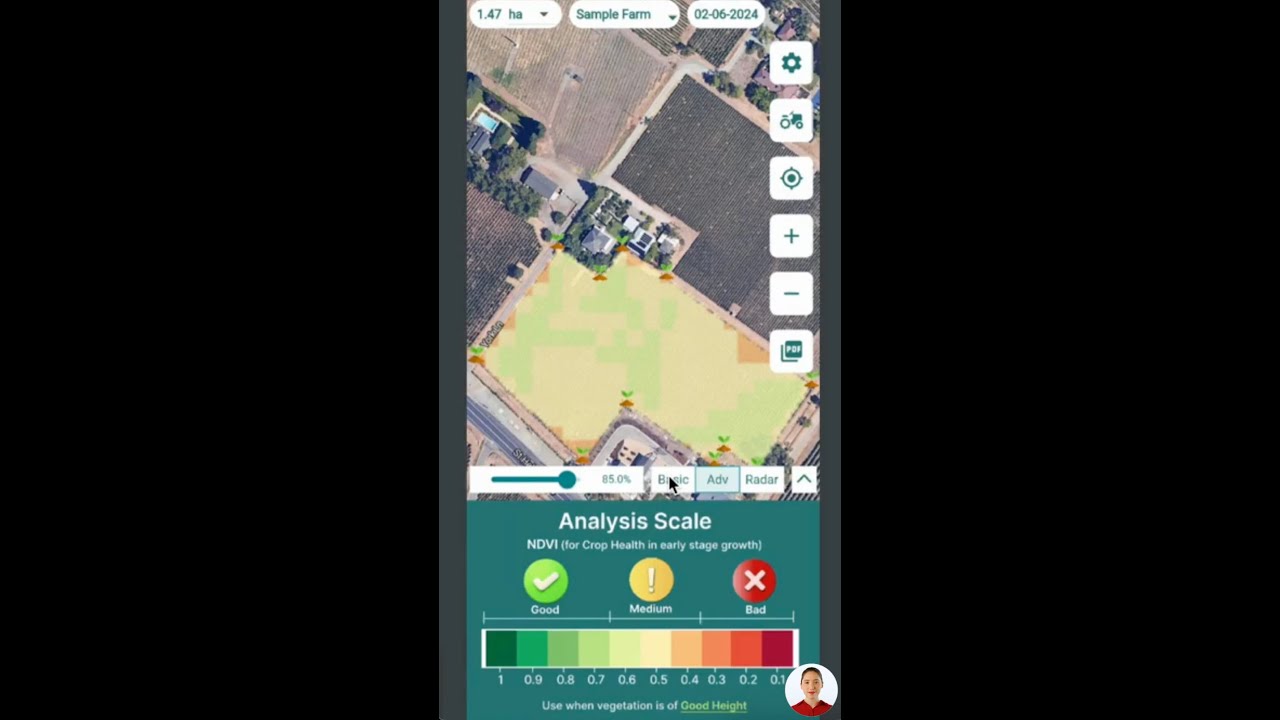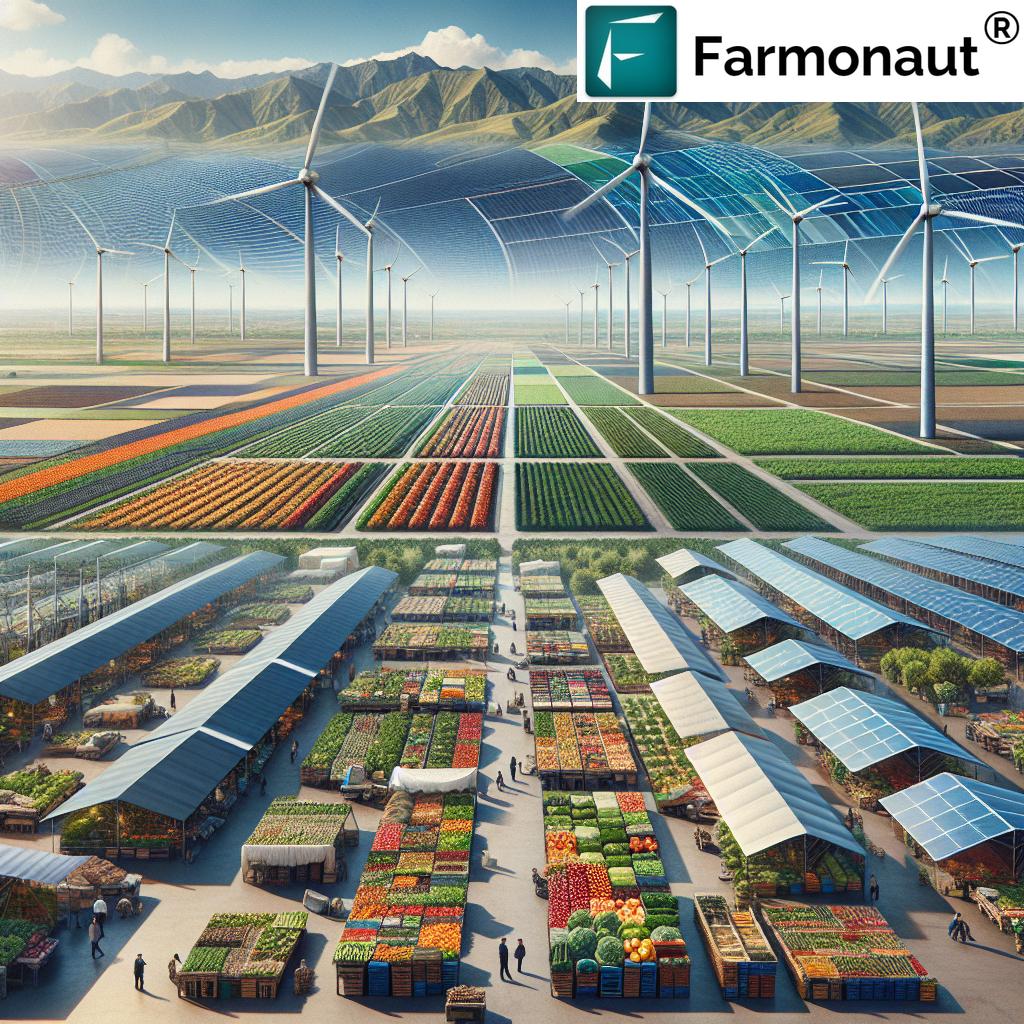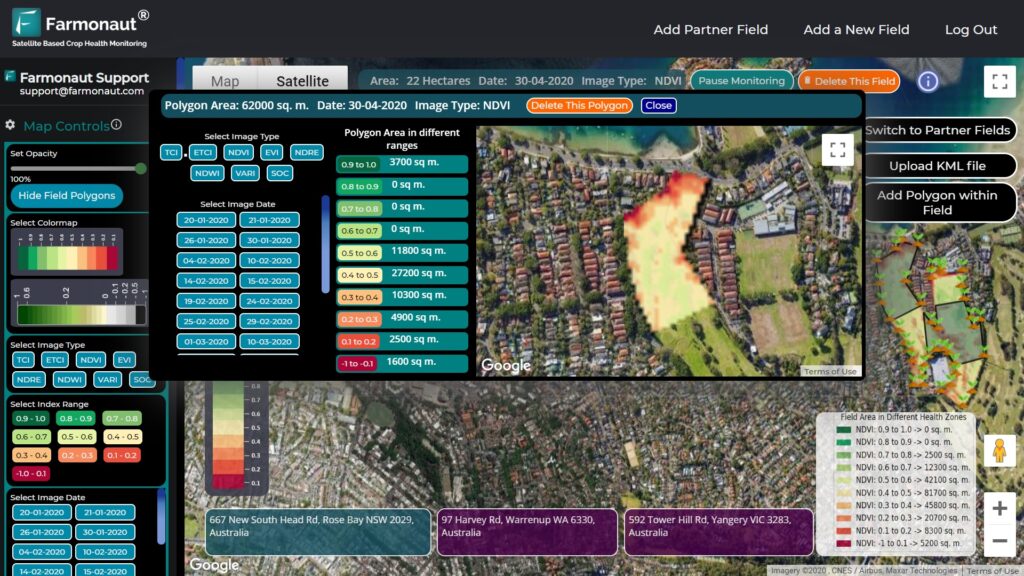Indian Agriculture Budget 2025: New Initiatives and Challenges for Food Security and Farmer Support
“India’s 2025 agriculture budget introduces the Prime Minister Dhan-Dhaanya Krishi Yojana and missions for pulses and cotton production.”
As we delve into the intricate details of India’s Agriculture Budget for 2025, we find ourselves at a critical juncture in the nation’s agricultural landscape. The recent budget speech delivered by Union Finance Minister Nirmala Sitharaman has set the stage for a series of new initiatives aimed at bolstering food security and providing enhanced support to farmers across the country. In this comprehensive analysis, we’ll explore the key aspects of the budget, its potential impact on the agricultural sector, and the challenges that lie ahead.
The Prime Minister Dhan-Dhaanya Krishi Yojana: A Game-Changer for Indian Agriculture?
At the heart of the 2025 Agriculture Budget is the Prime Minister Dhan-Dhaanya Krishi Yojana, a flagship program designed to revolutionize farmer support in India. This initiative aims to provide direct benefits to farmers, encompassing a range of resources and financial assistance. Let’s break down the key components of this ambitious scheme:
- Direct Cash Transfers: The program includes provisions for direct financial support to eligible farmers, aiming to alleviate immediate financial pressures.
- Technological Integration: Leveraging digital platforms to streamline benefit distribution and enhance transparency in the agricultural support system.
- Capacity Building: Emphasizing skill development and training programs to equip farmers with modern agricultural techniques and knowledge.
- Market Linkages: Facilitating better connections between farmers and markets to ensure fair prices for agricultural produce.
While the Dhan-Dhaanya Krishi Yojana shows promise, its success will largely depend on effective implementation and the ability to reach farmers at the grassroots level. As we at Farmonaut continue to support farmers with our precision agriculture solutions, we recognize the potential synergies between such government initiatives and technological advancements in the field.

Missions for Pulses and Cotton: Striving for Self-Sufficiency
The 2025 budget also introduces targeted missions for increasing self-sufficiency in pulses and cotton production. These initiatives reflect a strategic focus on key agricultural segments:
Pulses Mission
The Pulses Mission aims to boost domestic production of various pulses, reducing India’s dependence on imports and ensuring a stable supply of these protein-rich staples. Key aspects include:
- Research and Development: Investing in high-yield, climate-resilient pulse varieties.
- Farmer Incentives: Providing subsidies and support prices to encourage pulse cultivation.
- Infrastructure Development: Enhancing storage and processing facilities for pulses.
Cotton Production Mission
With a focus on boosting India’s position in the global textile market, the Cotton Production Mission encompasses:
- Technology Adoption: Promoting the use of advanced farming techniques and genetically modified cotton varieties.
- Water Management: Implementing efficient irrigation systems in cotton-growing regions.
- Quality Control: Establishing stringent quality standards to improve the marketability of Indian cotton.
These missions, while ambitious, face significant challenges in terms of implementation and sustainability. The success of these initiatives will be crucial in determining India’s agricultural self-sufficiency and economic growth in the coming years.
Budget Allocation: A Closer Look at the Numbers
To better understand the implications of the 2025 Agriculture Budget, let’s examine the allocation of funds for key initiatives compared to the previous year:
| Initiative | 2024 Budget (in Crores) | 2025 Budget (in Crores) | Percentage Change |
|---|---|---|---|
| Prime Minister Dhan-Dhaanya Krishi Yojana | N/A (New Initiative) | 50,000 | N/A |
| Pulses Mission | 2,000 | 3,500 | +75% |
| Cotton Production Mission | 1,500 | 2,800 | +86.67% |
| Pradhan Mantri Fasal Bima Yojana | 15,500 | 14,000 | -9.68% |
| Pradhan Mantri Krishi Sinchai Yojana | 11,000 | 10,500 | -4.55% |
| Total Agriculture and Allied Sectors | 1,25,000 | 1,20,000 | -4% |
This comparative analysis reveals a shift in priorities, with significant investments in new initiatives like the Dhan-Dhaanya Krishi Yojana and increased allocations for the Pulses and Cotton Missions. However, it’s concerning to note the overall reduction in the total budget for agriculture and allied sectors, which raises questions about the long-term sustainability of these programs.
“Despite new initiatives, the reduced allocation for agriculture in India’s 2025 budget raises concerns about addressing systemic issues.”
Challenges and Criticisms: Addressing the Elephant in the Room
While the 2025 Agriculture Budget introduces several promising initiatives, it has not been without its fair share of criticisms and concerns. Let’s examine some of the key challenges that the agricultural sector faces:
1. Focus on Incremental Changes
Critics argue that the budget appears to prioritize incremental changes rather than addressing deep-rooted sectoral challenges. This approach may fall short in tackling systemic issues such as:
- Inadequate infrastructure for storage and transportation
- Fragmented land holdings and low productivity
- Limited access to credit and modern farming technologies
- Climate change impacts on agriculture
2. Reduced Overall Allocation
The decrease in the overall budget allocation for agriculture has raised eyebrows among experts and stakeholders. This reduction could potentially limit the effectiveness of new initiatives and hinder progress in addressing long-standing issues in the sector.
3. Market Price Fluctuations
The budget does not seem to adequately address the persistent problem of market price fluctuations, which often leaves farmers vulnerable to economic instability. A more robust mechanism for price stabilization and market intervention is needed to protect farmer interests.
4. Environmental Sustainability
While there is a focus on increasing production, there appears to be less emphasis on promoting sustainable farming practices and addressing environmental concerns. This oversight could have long-term implications for soil health and water resources.
The Role of Technology in Addressing Agricultural Challenges
As we navigate these challenges, it’s crucial to recognize the pivotal role that technology can play in revolutionizing Indian agriculture. At Farmonaut, we believe that innovative solutions can complement government initiatives to create a more resilient and productive agricultural sector.
Our satellite-based farm management solutions offer farmers real-time insights into crop health, soil moisture levels, and weather patterns. By leveraging these technologies, farmers can make informed decisions that optimize resource use and improve yields. Learn more about our precision agriculture solutions.
Key technological advancements that can address sectoral challenges include:
- Precision Agriculture: Utilizing satellite imagery and AI to optimize farming practices
- Blockchain for Traceability: Enhancing supply chain transparency and reducing fraud
- IoT Sensors: Monitoring soil health and water usage in real-time
- AI-powered Advisory Systems: Providing personalized crop management strategies
By integrating these technologies with government initiatives, we can create a more efficient, sustainable, and profitable agricultural ecosystem.

The Way Forward: Balancing Innovation and Tradition
As we look to the future of Indian agriculture, it’s clear that a balanced approach is needed – one that combines innovative technologies with traditional farming wisdom. Here are some key considerations for policymakers and stakeholders:
- Comprehensive Policy Reforms: Implement holistic reforms that address not just production, but also marketing, storage, and distribution of agricultural produce.
- Increased Budget Allocation: Advocate for a significant increase in agricultural spending to support both new initiatives and existing programs effectively.
- Focus on Sustainable Practices: Promote eco-friendly farming methods that ensure long-term soil health and water conservation.
- Farmer Education and Empowerment: Invest in extensive training programs to equip farmers with the knowledge and skills needed to adopt modern agricultural practices.
- Public-Private Partnerships: Encourage collaborations between government agencies, private sector companies, and technology providers to drive innovation in agriculture.
At Farmonaut, we’re committed to supporting these efforts through our advanced agricultural solutions. Our API and developer documentation enable seamless integration of our satellite-based insights into various agricultural applications, fostering a more connected and efficient farming ecosystem.
Conclusion: A Critical Juncture for Indian Agriculture
The 2025 Indian Agriculture Budget represents a critical juncture for the nation’s agricultural sector. While the introduction of new initiatives like the Prime Minister Dhan-Dhaanya Krishi Yojana and targeted missions for pulses and cotton production demonstrate a commitment to agricultural growth, the reduced overall allocation and focus on incremental changes raise important questions about the budget’s ability to address deep-rooted challenges.
As we move forward, it’s crucial that policymakers, farmers, and technology providers work together to create a more resilient, sustainable, and productive agricultural ecosystem. By combining innovative solutions with comprehensive policy reforms and increased investment, we can pave the way for a brighter future for Indian agriculture.
At Farmonaut, we remain dedicated to supporting this transformation through our cutting-edge precision agriculture solutions. Together, we can overcome the challenges facing Indian agriculture and build a more food-secure and prosperous nation.
Frequently Asked Questions (FAQ)
- Q: What is the Prime Minister Dhan-Dhaanya Krishi Yojana?
A: It’s a new flagship program introduced in the 2025 Agriculture Budget aimed at providing direct benefits and resources to farmers, including cash transfers and technological support. - Q: How does the 2025 budget address food security concerns?
A: The budget introduces targeted missions for pulses and cotton production to increase self-sufficiency and reduce dependence on imports. - Q: Why is there concern about the reduced allocation for agriculture?
A: The overall reduction in budget allocation raises questions about the government’s ability to address long-standing issues in the agricultural sector effectively. - Q: How can technology help in addressing agricultural challenges?
A: Technologies like satellite-based crop monitoring, AI advisory systems, and blockchain can help optimize farming practices, improve yields, and enhance supply chain transparency. - Q: What role does Farmonaut play in supporting Indian agriculture?
A: Farmonaut provides advanced satellite-based farm management solutions, offering real-time insights into crop health and weather patterns to help farmers make informed decisions.
Earn With Farmonaut: Affiliate Program
Earn 20% recurring commission with Farmonaut’s affiliate program by sharing your promo code and helping farmers save 10%. Onboard 10 Elite farmers monthly to earn a minimum of $148,000 annually—start now and grow your income!
Access Farmonaut’s Precision Agriculture Solutions
Experience the power of satellite-based farm management with Farmonaut:
Farmonaut Subscription Plans



















